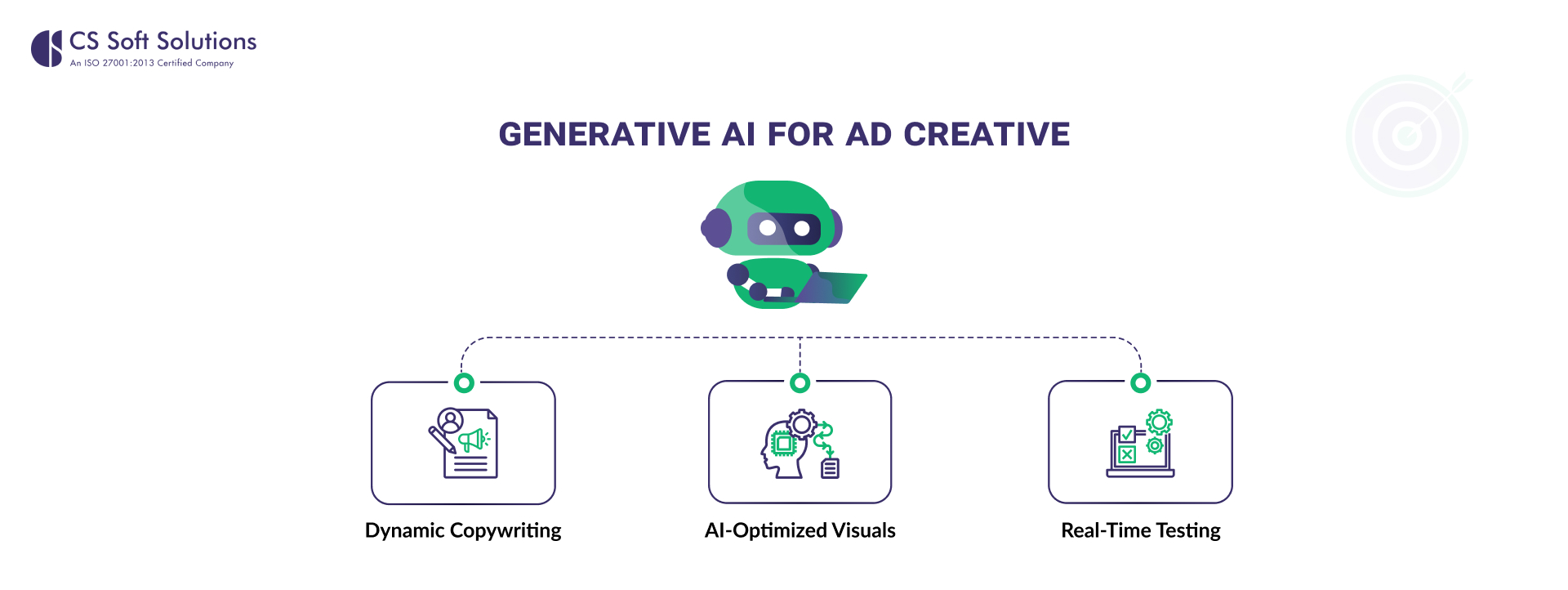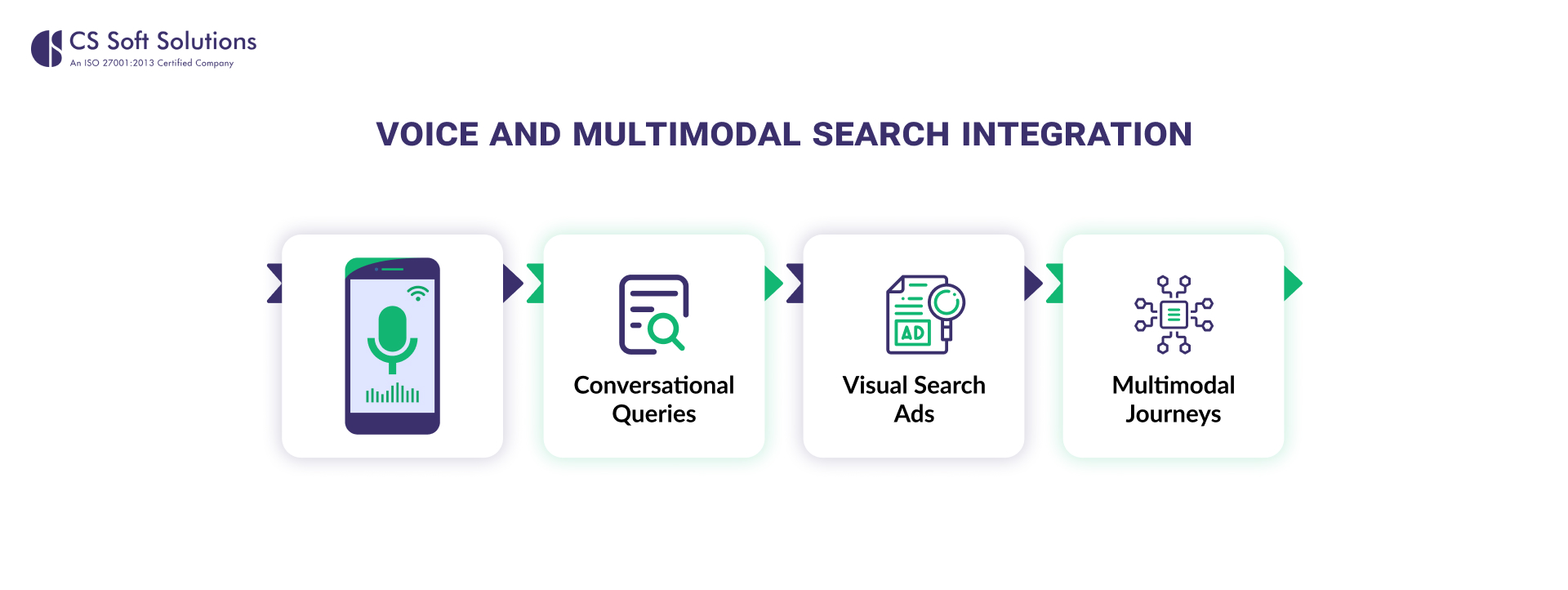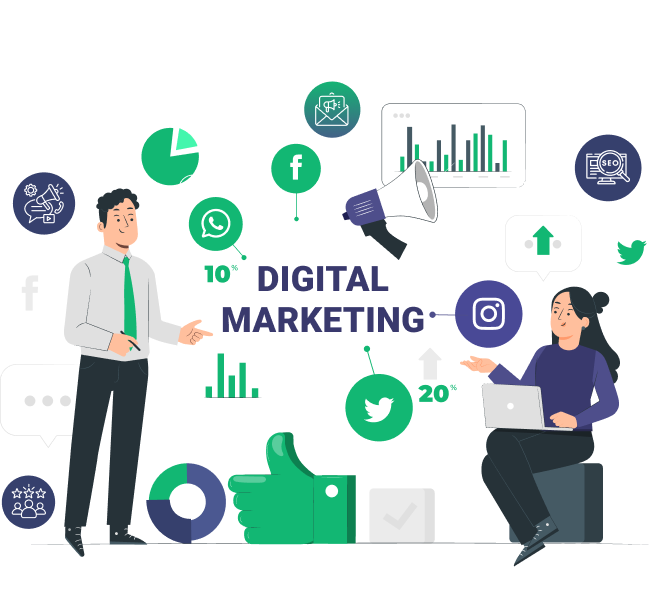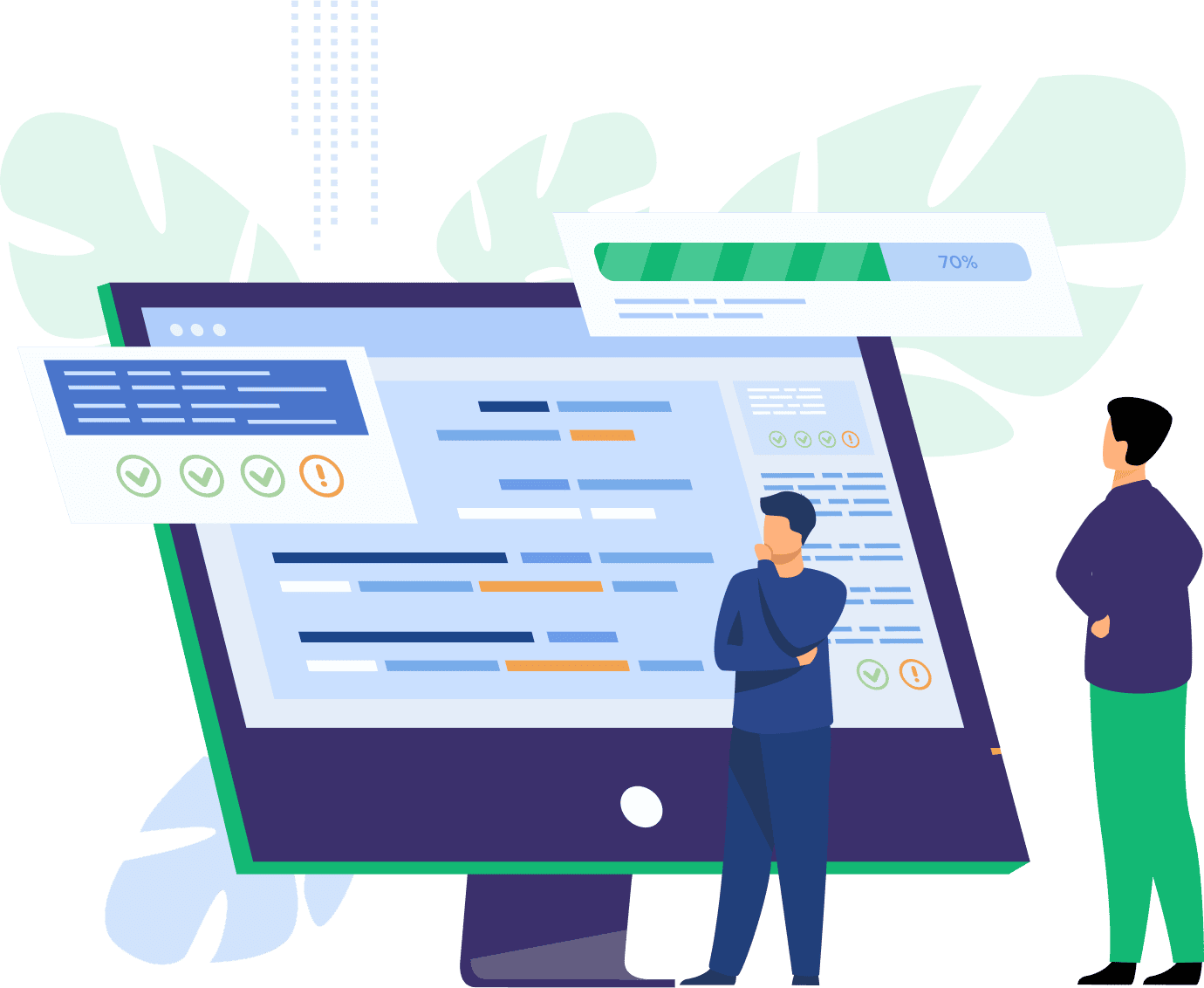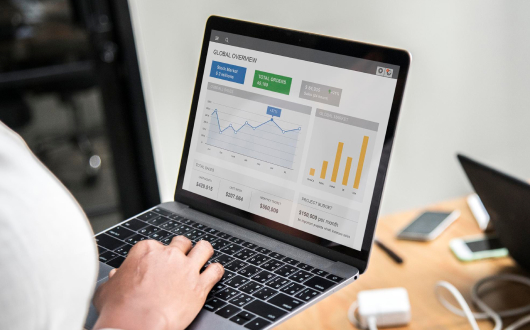
In this blog, we’ll break down the most important AI trends shaping paid search marketing and explore how they tie into broader content marketing solutions for brands that want to stay competitive.
Why AI is Reshaping Paid Search Marketing
AI in paid advertising is not about replacing marketers, but about amplifying decision-making. Google’s own learning resources highlight that AI-driven campaigns tend to outperform conventional manual arrangements in terms of efficiency, audience targeting, and cost control. AI feeds on three fundamental elements: data, speed, and adaptability. In 2025, these are driving paid search to new frontiers where human creativity intersects with algorithmic precision.
Trend 1: Predictive Audience Targeting
Those days of using demographics alone are behind us. AI develops predictive models today that predict who’s most likely to convert, before they’ve even made a search query.
- Behavioral Signals: A machine understands the browsing history, the usage pattern of the device, and even micro-moments with the intent to know.
- Lookalike Audiences 2.0: It is not the list of the audience, but prediction targeting, which allows us to stay in the current state in regard to changes in consumer behaviour.
- Effect: It enables brands to avoid wasting ad spend by making campaigns specific to highly qualified leads.
Such a development goes to indicate that paid search marketing is no longer an entirely reactive game anymore. It is not only preempting intent but also doing so before users consciously declare it.
Trend 2: Generative AI for Ad Creative
Generic ad copy days are numbered. AI-powered creative tools now create expert ad headlines, descriptions, and visual assets at scale.
- Dynamic Copywriting: Machine learning adjusts text to align with user behavior.
- AI-Optimised Visual: Using AI, the colour changes, layouts, and images can be changed faster depending on the engagement statistics.
- Real-Time Testing: A/B testing is real-time in that it does not take weeks, as in the case of other tests.
That does not make creativity dead to marketers. Rather, it means human storytelling gets combined with algorithm-based content marketing tools to have messages resonate with every individual audience segment.
Trend 3: Voice and Multimodal Search Integration
By 2025, close to half of all searches will be voice, image, or multi-modal searches. Already, AI-powered paid search campaigns are evolving to this effect.
- Conversational Queries: Paid advertisements that are built with natural verbal queries in mind, like, Which is the best fitness application to train for marathons?
- Visual Search Ads: imagination-based product searches feed into pay-per-click advertisements, which feature the applicable commodities.
- Multimodal Journeys: This is the factor that AI can close the gaps between voice, text, and images into one funnel, offering brands greater touchpoints.
This creates opportunities to do digital marketing, which integrates search, display, and content in a continuum.
Trend 4: AI-Driven Budget Allocation
In PPC, marketers previously shifted budgets manually between campaigns. In 2025, spending is reallocated through AI and re-allocated in real time on signals.
- Smart Bidding Evolution: AI not only optimizes bids, but it is able to learn seasonality, location, and competitor behavior.
- Cross-Channel Budgeting: The Budget is transferred smoothly between the search, display, YouTube, and discovery ads.
- ROI-First Approach: AI ensures continued investment in campaigns that have the closest chances of conversions.
This helps wipe out the guesswork and allows the marketers to devise a strategy at leisure instead of having to tediously carry out computations.
Trend 5: Privacy-First AI Solutions
With third-party cookies on the decline, AI is rising to the challenge with new methods of user tracking and personalization.
- First-Party Data Utilization: Brands increasingly depend on their own data universes.
- Federated Learning Models: User data is processed in a privacy-friendly manner without centralizing sensitive data.
- Contextual Targeting Revival: AI transforms contextual targeting by processing page intent as opposed to keywords alone.
For businesses, this guarantees paid search advertising remains useful without violating trust or compliance rules.
Trend 6: Cross-Channel AI Orchestration
Search is no longer in silos. A consumer may begin with a voice search, proceed to a YouTube video, and complete a purchase through a mobile ad. AI now bridges these gaps.
- Unified Campaign Management: A single AI platform handles campaigns across devices.
- Journey Mapping: AI smartly tracks the customer journey across multiple devices and channels.
- Adaptive Messaging: Ad messaging adapts dynamically based on where users are along their journey levels.
This connected approach makes AI the glue that holds content marketing solutions and paid campaigns together.
Trend 7: Hyper-Localized Paid Search
In 2025, AI drives ultra-highly targeted location targeting. Rather than city-level targeting, ads are now capable of reacting to micro-zones, weather patterns, or even real-time local events.
- Geo-Intent Mapping: AI is aware if a user searching “coffee shop near me” is in search of a quick pick-me-up or a coworking coffee shop.
- Event-Triggered Ads: Sponsored ads change when there is any type of sporting event, festival, or concert within the area.
- Localized Creatives: Creative materials also focus on the local culture and tastes at the moment.
All this makes digital marketing efforts much more targeted and personalized.
Trend 8: AI-Powered Measurement Beyond Clicks
2025 marketers are abandoning click-based metrics. AI elevates performance measurement beyond clicks by measuring comprehensive impact.
- Attention Metrics: Eye tracking, engagement time, and scroll depth indicate whether ads actually gained attention.
- Conversion Path Modeling: AI tracks how various touchpoints drive final sales.
- Incrementality Testing: Tracks whether ads led to new demand versus taking existing demand.
The change implies that the majority of companies are now oriented towards actual efficiency and not the ego-said metrics.
How to Adapt Your Digital Marketing Strategies in 2025
The secret to success here is integration. Paid search is not a self-contained strategy anymore; it needs to integrate with wider digital marketing agendas.
- Invest in first-party data capture.
- Employ AI tools to automate campaign setup and reporting.
- Put paid campaigns in place to further integrate content marketing solutions into more engaging storytelling.
- Train teams to collaborate with AI rather than it.
Final Thoughts
AI has rewritten the playbook of paid search marketing in 2025. Predictive targeting to hyper-localization of all campaign aspects is accelerating, smart, and adaptive. Still, the human part remains significant; creativity, brand values, and empathy cannot be programmed. The successful formula is creating a human strategy with AI-aligned execution provided by AI experts at CS Soft Solutions India Pvt. Ltd. to reach the desired level.
Time to Act Now
Are you ready to reconsider your strategy of paid campaigns? To dominate with AI, start by observing your current digital marketing efforts and see where AI has failed to be filled. Add to this a well-developed content marketing approach to cut through and get your message heard. The future of search is for those who test, advance, and dare the curve.







